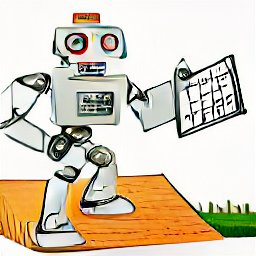Course Schedule
Community Support
- Discord coming soon
| Module | Lesson | Resources |
|---|---|---|
| 0. About the Bootcamp | Slides | |
| 1: R Foundations | ||
| 1. 01 Setup & intro | Slides | |
| 2. 02 R language | Slides | |
| 3. 03 R Functions | Slides | |
| 4. 04 Data objects | Slides | |
| 5. 05 Data frames | Slides | |
| 6. 06 Data subsetting | Slides | |
| 2: Statistical Analysis | ||
| 7. 07 Explore data | Slides | |
| 8. 08 Distributions | Slides | |
| 9. 09 Correlation | Slides | |
| 10. 10 Regression | Slides | |
| 11. 11 T-test | Slides | |
| 12. 12 ANOVA | Slides | |
| 3: Reproducible Research | ||
| 13. 13 Reproducibility | Slides | |
| 14. 14 R Markdown | Slides | |
| 15. 15 Git and GitHub | Slides | |
| 16. 16 Collaboration | Slides |
